Dairy Cow Farming is the branch of agriculture that involves long-term milk production, primarily utilizing dairy animals, especially cows, by raising and breeding prior to further milk products processed from it. Cows are mainly used for milk consumption and water buffalo, too. The goat is also utilized for milk production in China, India, Egypt, and other Asian countries. Goat’s milk is produced in North America and Europe, but goat’s milk is generally less crucial than cow’s milk. Buffalo milk production on a commercial level is particularly in India, and the same is true for cow’s milk production, but in some areas, the mixture of buffalo and cow milk is supplied commercially.
1. The life cycle of dairy cows
Dairy cow generally give birth to one calf yearly and produce the milk for 20 months. The cows are artificially fertilized to give birth in 3 months. Dairy cow produce a high milk yield for three years after being slaughtered, and the meat is prepared for beef production.
2. Global milk production
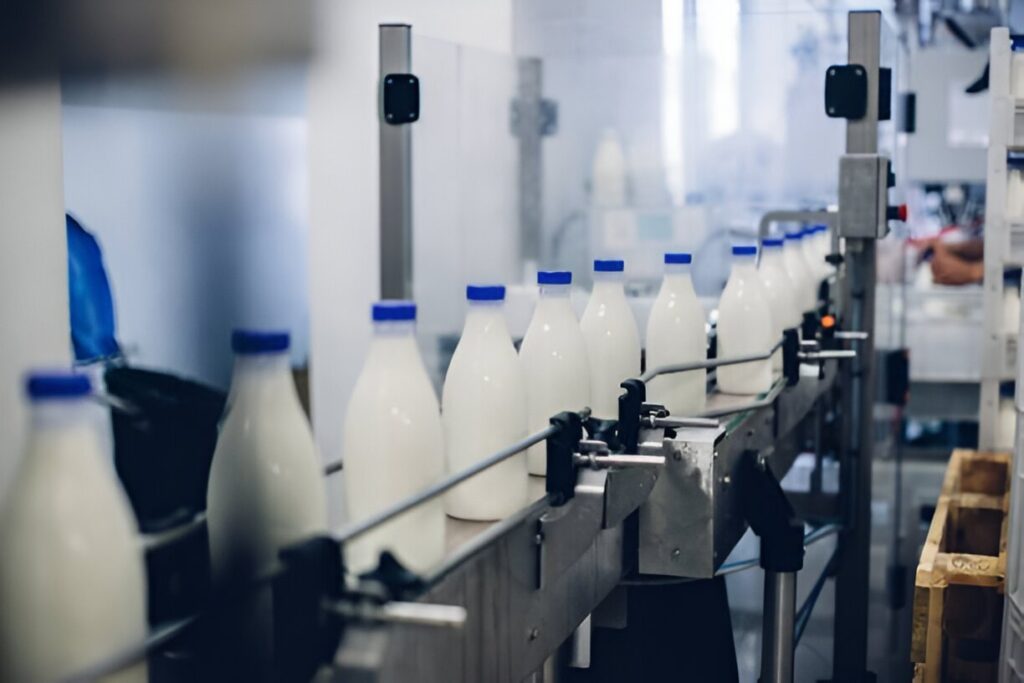
There are almost 270 million cows worldwide producing milk. Europe is the largest milk production unit and has 23 million dairy cows. There are statistically 10 Million in North America and almost 6 Million in New Zealand and Australia.
South-East Asia has a high milk production yield but has not been noticed for their milk consumption, as China has 12 million dairy cows.
3. Housing system for dairy cows
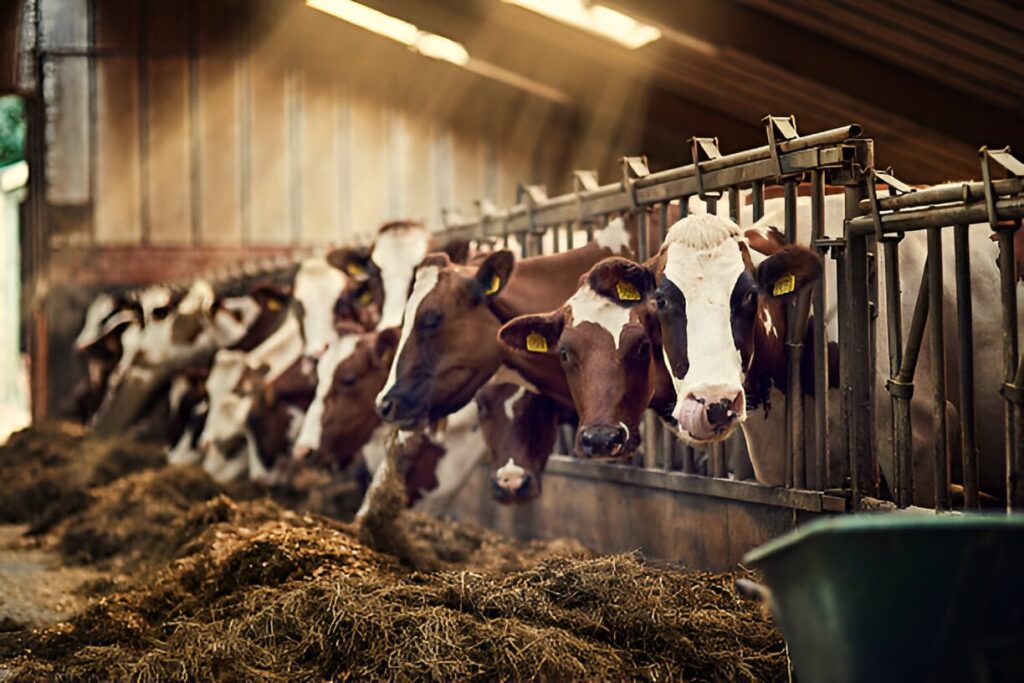
In Spring and summer, the dairy cows are traditionally kept in the fields when the grass grows, but in winter, they are kept indoors. Two main housing types in the UK are deep litter yards and cubicles.
Cubical housing has concrete bases with rubber mats or mattresses topped with sawdust, straw, or wood shavings. Deep-litter yards offer shared deep bedding instead of individual cubicles.
4. Well-being problems for dairy cows
Excessive dairy farming causes a high number of welfare problems for dairy cow. Balanced animal welfare depends on physical well-being, well-being, and natural living.
In accessive dairy farms, all three components are compromised with the period by the indoor housing health problems in the cows due to higher milk production and distress caused by early separation from their calves.
4.1 High milk yield
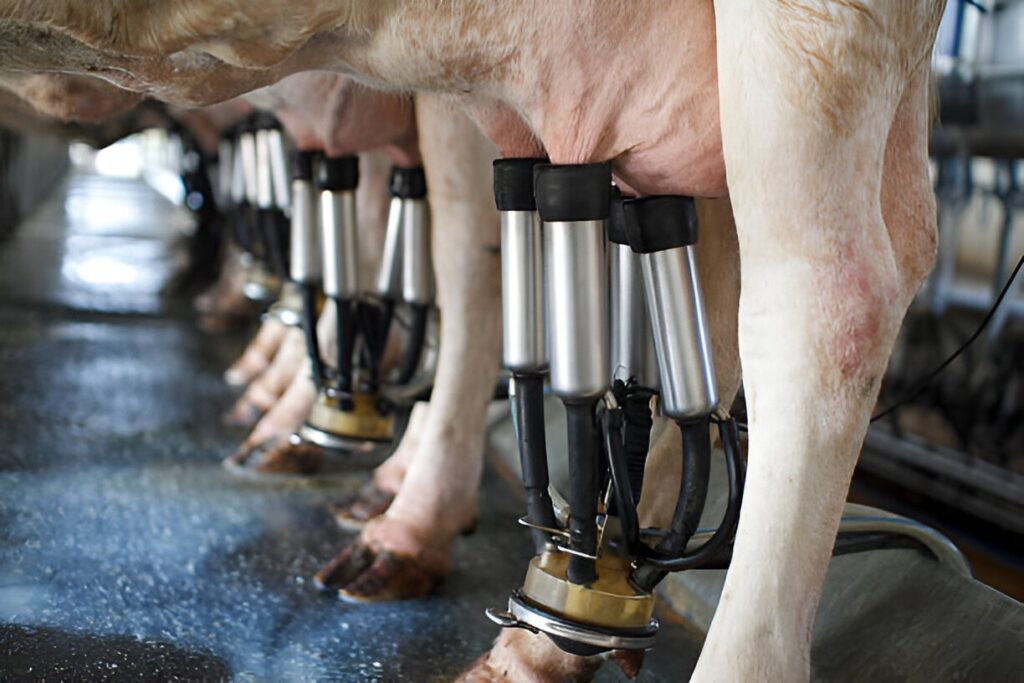
With the passage of time and the last 50 years, dairy farming has become more excessive, and technology tends to increase the amount of milk production by each cow. In the UK, Europe, and the USA, cows have been bred to produce high milk yield. Over the past 40 years, the milk production level has doubled per cow.
In the UK, Cows produce an average of 22 liters of milk, and some cows produce up to 60 liters per day during lactation. The US has higher milk production, over 30 liters per day. Cows can live for more than 20 years with a naturally healthy life. Cows with high milk production yield are generally slaughtered after 3 or 4 lactations because of milk production drops, chronic lameness, and infertility in cows.
4.2 Lameness

Cows go in lame conditions due to various factors related to bacterial infection, such as soles, ulcers, hoof lesions, laminitis, and digital dermatitis. These conditions are due to poor-quality floors, poor nutrition, ineffective foot trimming, and prolonged standing on concrete floors.
4.3 Mastitis
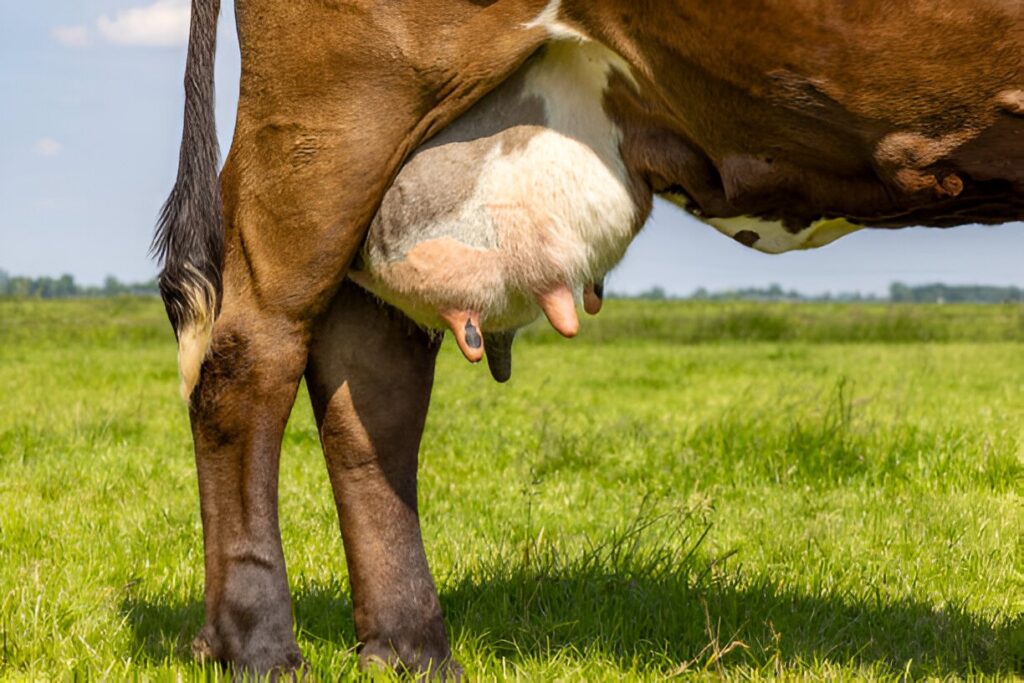
Mastitis is the condition of inflammation of the udder tissues in the mammary glands due to trauma or bacterial infections. Every year, 70 cases of mastitis are reported in the UK herd of 100 cows.
Mastitis causes infection in the udder of cows due to bacterial contamination from bedding and milk equipment. Cows housed longer are more likely to develop mastitis than those kept on pastures.
4.4 Infertility
Cow infertility is a significant problem for farmers. It can be due to stress, nutritional deficiency, and poor body condition, a sign of poor well-being.
4.5 Housing
Cows typically act naturally and exercise when at posture and have less opportunity for these physical activities indoors. However, indoor housing is necessary in bad weather conditions. Good management and house design are essential for good welfare.
Poor ventilation, high humidity, and crowded conditions increase the rate of injury and disease. They need to rest during lactation and have a comfortable space to lie down. Cows on the concrete floor with poorly designed cubicles and inadequate bedding will have more chances to develop mastitis. It’s painful for cows to stand and walk on hard floors, and cows can slip or have injuries if the floor is wet.
4.6 Tethering
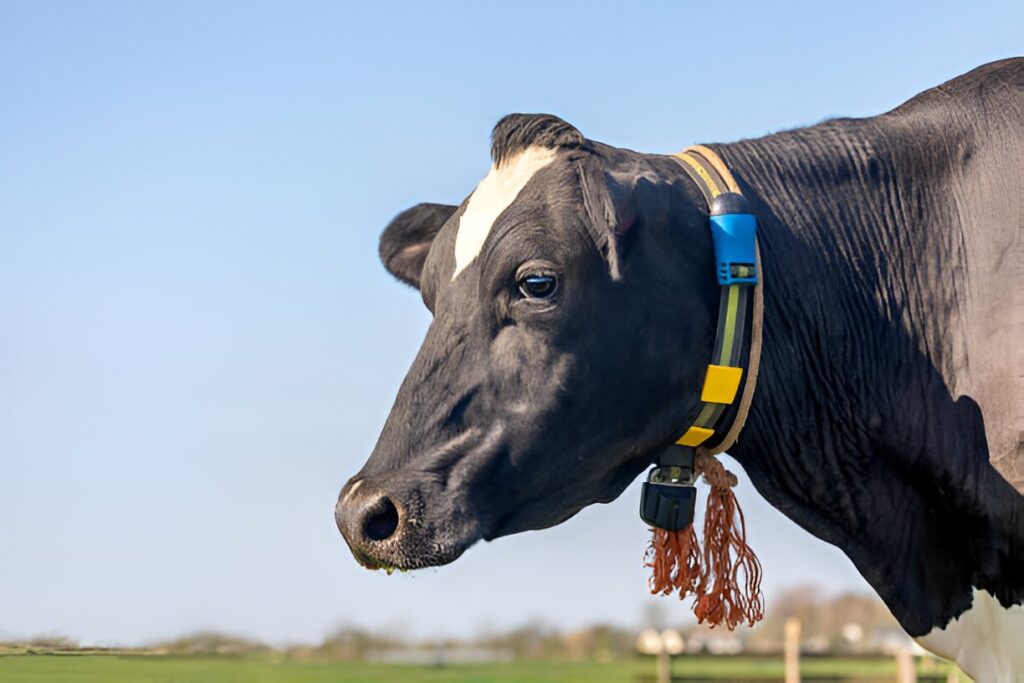
Cows are tied and handled by either a stanchion rope or a chain around the neck for 24 hours daily. Some cows are kept in tie stalls, which resist every physical activity and exercise. They cannot socialize, move, or return and can scratch them.
4.7 Dairy cows slaughtering
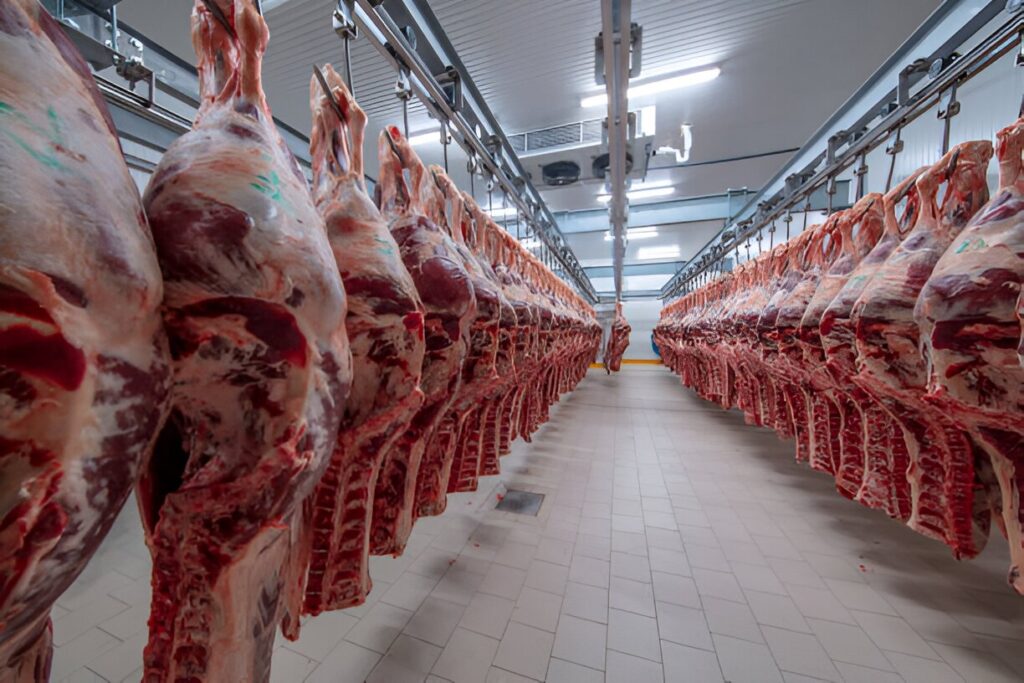
When dairy cow become at the stage of less production and health problems start to appear, they are prepared to be transported to long distances for slaughter. This is due to very few slaughters dealing with left-out dairy cow.
4.8 Grazing
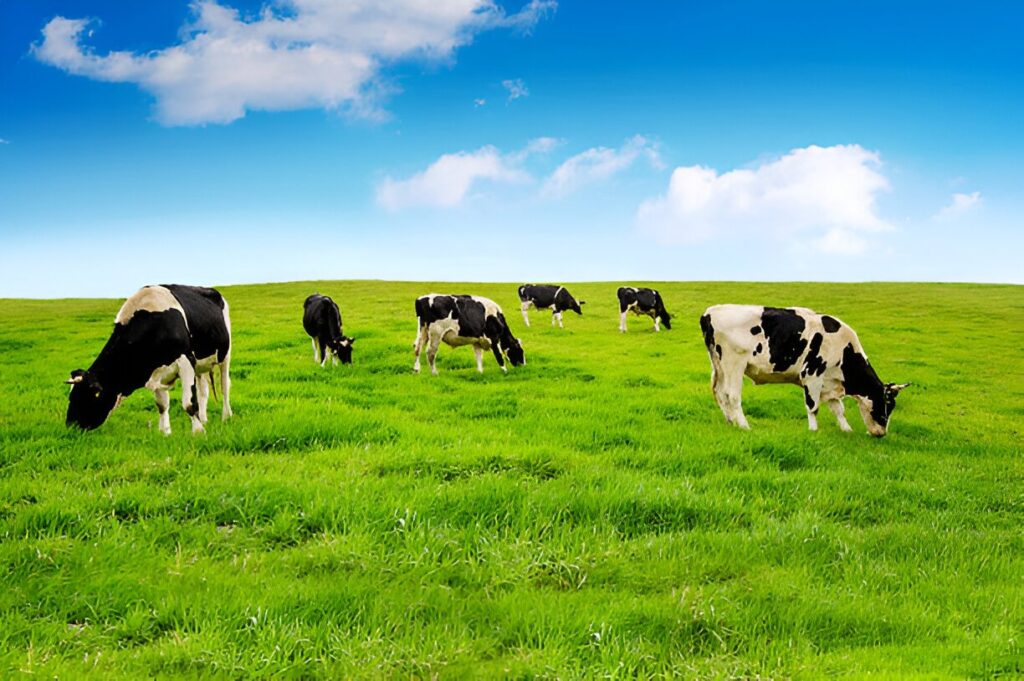
Cows need access to enough feed and pasture with wide space and grazing opportunities. Enough grazing is essential for their mental and physical welfare and ability to perform natural behaviors. In the UK, most cows have enough Graze on pasture during the daytime in summer, but more cows are kept indoors for longer periods, even all year. It is known as zero grazing and is highly used for yielding herds globally.
5. Higher well-being for dairy cows
We believe that cows should be free to choose whenever they want to go outside or indoors and have access to feed and posture every time. Housing should be maintained and well-designed, and cows should have enough space for natural and social behavior.
5.1 Diet
The diet consumed should contain enough fiber, and the breeds that are sustainable for health problems should not be utilized. Some systems provide increasing welfare for dairy cows.
5.2 Organic standards
In the organic system, dairy causes have access to feed and Pasteur during the grazing season, and cows are fed more naturally tight with plenty of fiber roughage, which is good for their digestive health. This organic system will encourage the better will be in the breeding of dairy cattle to decrease problems like mastitis, infertility, and lameness. The export sale of calves under one month old was banned according to Soil Association organic standards, and their sale at the market is under 12 weeks old unless they are with their mother.
5.3 Pasture-based system for dairy cows
Many small-scale traditional dairy farms still keep cows on pasture during the grazing season. In the US, standards were set by animal welfare institute animal welfare that continuous pasture access is required. Certified humane dairy standards do not certify the dairy systems that do not let outdoor access and encouraged them to meet the nutritional requirements of dairy cows through grazing on pasture.
6. Conclusion
In conclusion, dairy farming presents a complex landscape where the welfare of cows is paramount yet often challenged by intensive production methods. The industry’s evolution towards high milk yields has brought efficiency but also raised concerns about animal well-being, evidenced by issues like lameness, mastitis, and infertility. While technological advancements have boosted productivity, they have also necessitated careful management to mitigate health risks associated with indoor housing and restricted movement.
Promoting animal welfare practices like organic farming and proper housing leads to healthier cows and sustainable dairy farming. Emphasizing natural behaviors, pasture access, and nutrition improves cows’ quality of life and supports sustainable practices. By advocating for high standards and improving management, we balance productivity with the well-being of dairy cows.

